
Our own sun sounds impressive: 1.3 million times the volume of Earth, 330,000 times as massive, 10,000 degrees F (5,500 degrees C) at its surface, and 400 million billion billion watts of power. But, for a star, the sun is puny. Undoubtedly, the real stellar heavyweights are the Wolf-Rayet stars. Because, they are the most massive and brightest stars known.
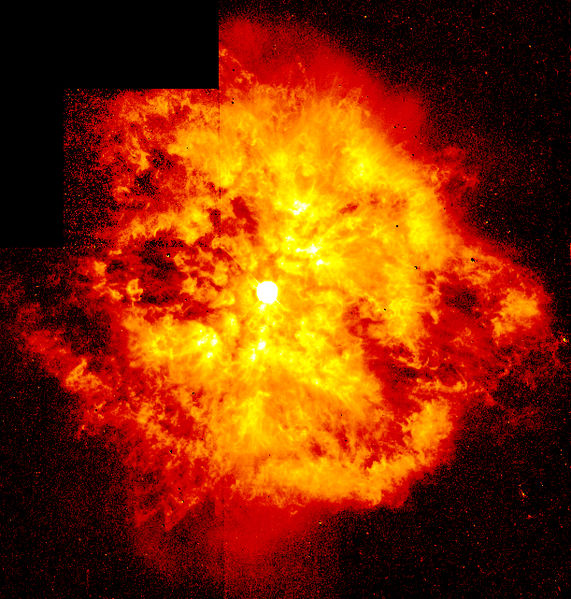
What is a Wolf-Rayet star?
First, some numbers. Over 20 times the mass of our sun. Millions of times brighter. Plus, temperatures starting at and exceeding 50,000 degrees F (30,000 degrees C). And as to their size, that’s hard to say. Because stars this massive have trouble holding themselves together, they don’t last very long. They burn up their fuel quickly and blast mass into space eventually tearing themselves apart. Meanwhile, this radiation drives phenomenally strong stellar winds. Blowing at over ten million miles per hour, the stars shed about 2 thousand billion billion tons of material every year. That’s like spitting three Earths into space annually!
Consequently, Wolf-Rayet stars are extremely rare. They are named after French astronomers Charles Wolf and George Rayet, who discovered them at the Paris Observatory in 1867. We know of only 500 in the Milky Way, plus a few hundred in surrounding galaxies.
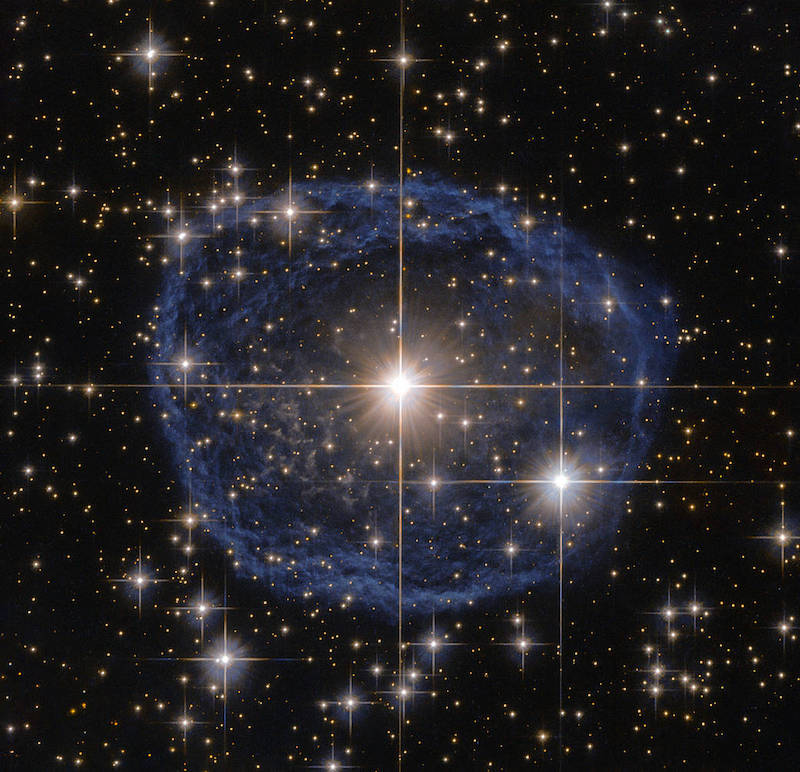
Can you see Wolf-Rayet stars with the unaided eye?
Only two Wolf-Rayet stars can be seen with the unaided eye. First, Gamma 2 Velorum, in the southern constellation Vela, is not only the closest Wolf-Rayet star but one of the brightest stars in the sky. Located about 1,000 light-years away, it is part of a six-member star system shining at 4.27 magnitude. Although Gamma 2 appears like a single star to the unaided eye, it is a binary star system. Yet they are only separated by the same distance as the Earth and the sun. One is a blue supergiant, the other is the Wolf-Rayet star. While it is currently nine times our sun’s mass, Gamma 2 has lost a considerable amount of its bulk. Most likely, it started off with over 35 times the mass of the sun.
Another visible Wolf-Rayet star is Theta Muscae. This triple star system in the southern constellation Musca has an apparent magnitude of 5.5. However, that brightness comes from the combined light of the Wolf-Rayet star, a blue supergiant and a white main sequence star. The Theta Muscae system is about 7400 light years away.
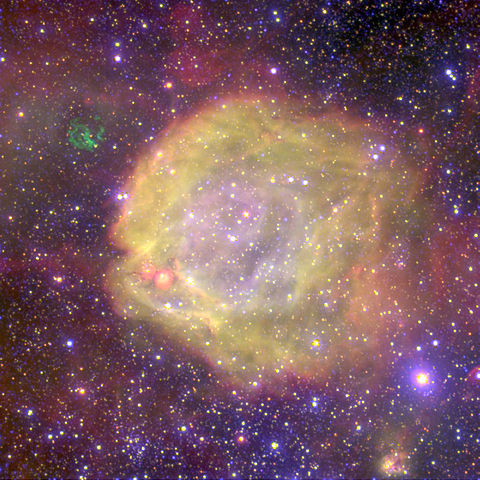
The most massive and luminous star is a Wolf-Rayet star
But even a star like Gamma 2 Velorum looks wimpy when compared to R136a1, which is the most massive star known. It is in the Large Magellanic Cloud, located 163,000 light-years away. In fact, it’s part of the R136 super star cluster and weighs in at roughly the mass of 315 suns. Plus, it is nearly 9 million times brighter and about 35 times the diameter of the sun. Shining at a dim magnitude 12.23, this massive star requires a telescope to see.
Consequently, R136a1, and stars like it, are a mystery to astronomers. They defy what we think we know about how stars form. One hypothesis is that R136a1 did not form directly from the collapse of a molecular hydrogen cloud, but rather is the result of two massive stars colliding. A very close pair of stars could eventually merge to form a stellar behemoth.

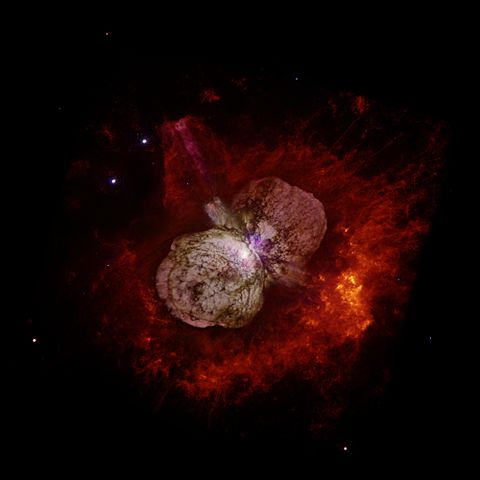
The eventual fate of massive stars
Astronomers speculate on how R136a1 will end its life. Some think it is a candidate for a hypernova. A regular supernova will outshine an entire galaxy. A hypernova goes off with the power of a hundred supernovae. This is, basically, a supernova on steroids.
Another possibility is equally intriguing. Instead, R136a1 could go out as a pair-instability supernova.
In this case, the cores of very massive stars are held up by gamma rays released in nuclear reactions. So as the star crushes down on its core, the reactions speed up and the gamma rays fly about with more energy. But past a certain energy threshold, gamma rays begin to interact with atomic nuclei to produce electron-positron pairs. This reduces how far the gamma rays travel. Therefore, the electron-positron pairs annihilate one another forming another gamma ray, which forms another pair, and so on. Thus, rather than hold up the star, the gamma rays produce particle pairs instead.
Therefore, the counterbalancing force disappears. The star collapses and the core compression triggers a runaway thermonuclear explosion. But rather than creating a neutron star or black hole, a pair-instability supernova leads to total stellar destruction. Nothing is left behind.
Bottom line: As massive and powerful as our sun appears to us, it pales in comparison to Wolf-Rayet stars. Weighing in at anywhere from 30 to over 200 times the mass of the sun, and shining a million times brighter, they show us just how extreme the universe can be.
The post Wolf-Rayet stars are the most massive and brightest stars known first appeared on EarthSky.

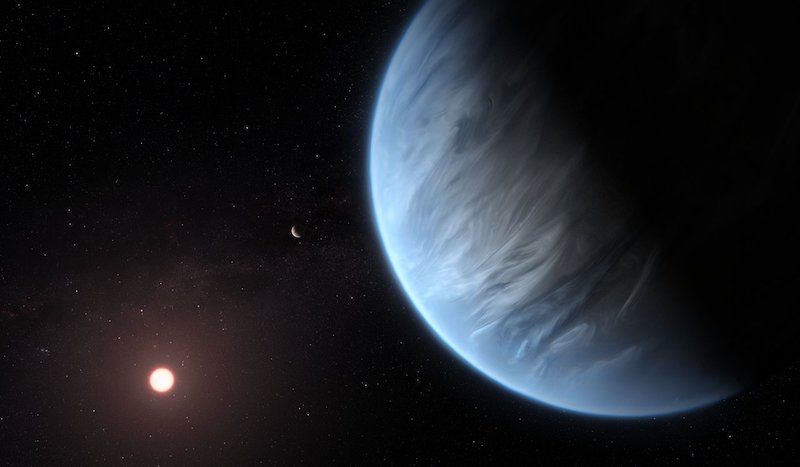


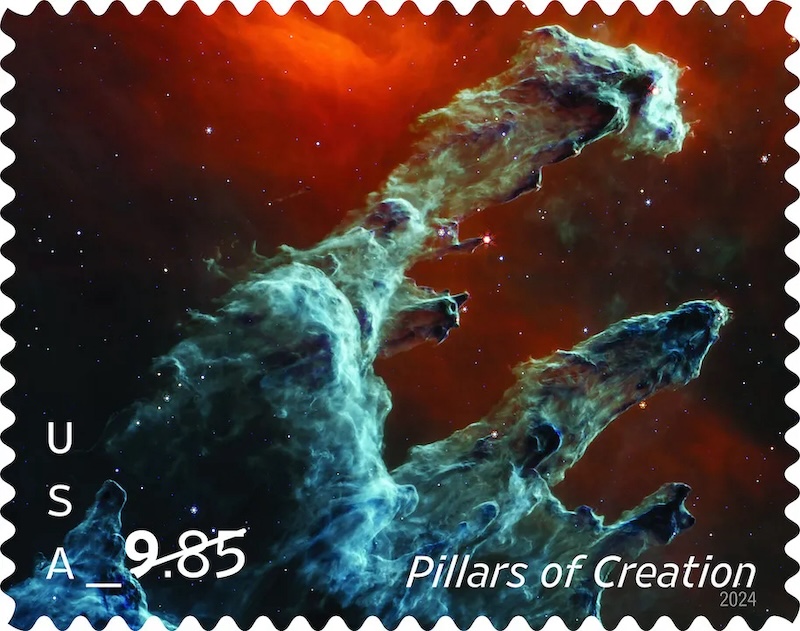
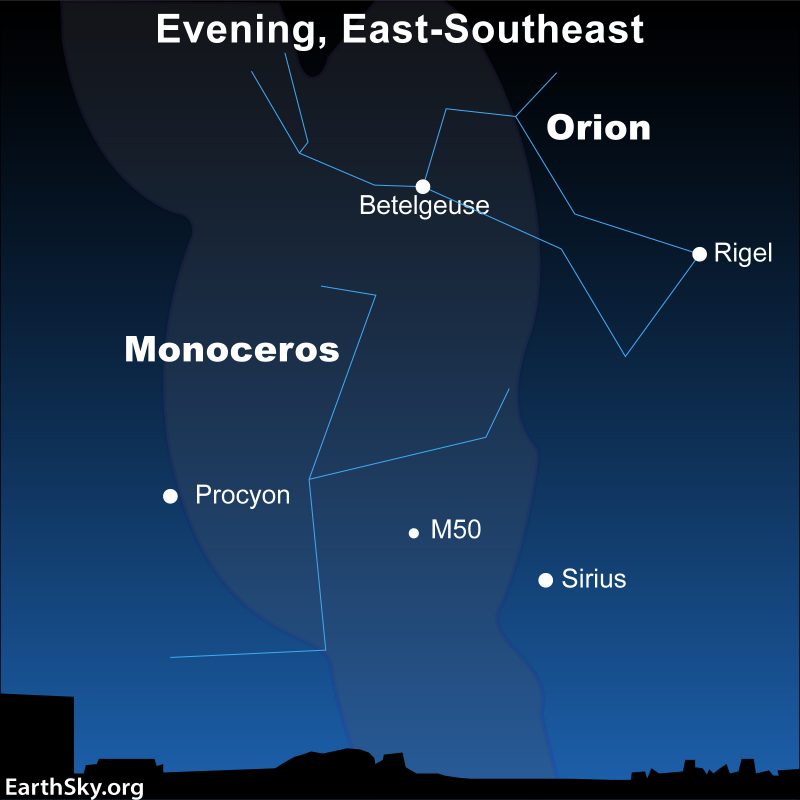
0 Commentaires